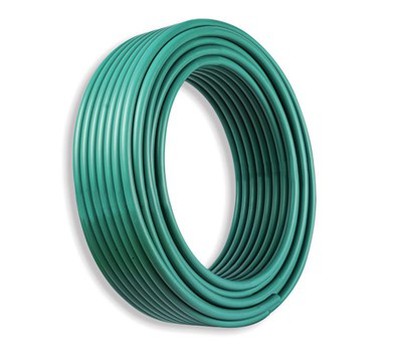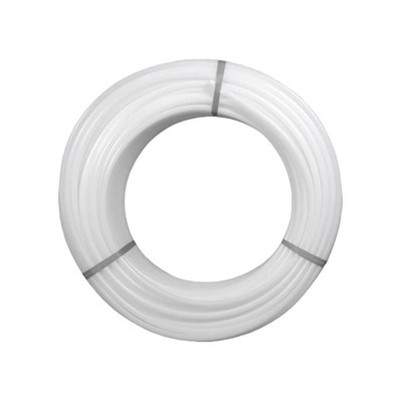What Material Is The Underfloor Heating Pipe
Leave a message
The underfloor heating pipe is made of plastic.
Floor heating pipes are pipes used in heating systems. Common materials include PE-X, PE-RT, and PB pipes, all of which are made of plastic with different types. Although they are plastic products, they have excellent oxidation resistance and have been in use for a long time.
In addition, its seasonality is not significant, and it also has excellent anti freezing and cracking ability after being filled with water in the pipeline. In order to facilitate construction, installation is very convenient, and repair is also relatively labor-saving.
When using it for the first time, it is necessary to adjust the water temperature properly. The normal water temperature is between 25 and 30 degrees. If the temperature is too high, it cannot guarantee the good use of the floor heating pipeline.
It is easy to experience deformation and cracking, and the connected water temperature needs to continue to increase, but it only rises by 5 to 10 degrees each time. Moreover, it needs to wait for one week of operation before it can rise. Generally, when the water temperature reaches between 60 and 65 degrees, it can be used normally.
Check for any water leakage. Generally, after the installation of the floor heating system is completed, it will be accepted to ensure that it is qualified before it can be put into use. However, during the later decoration process, it is easy to be damaged by humans, which affects its normal operation. Therefore, before the first use, all accessories in the pipeline should be tested to ensure that there is no leakage or dripping.
Set the temperature well, and if there is no one at home, there is no need to turn off the floor heating. Otherwise, it will take a long time to preheat before reaching the corresponding temperature when it is turned on again, which will lead to energy waste. Moreover, in winter, the temperature is very low, and if the temperature inside the pipeline is too low, it can also cause frost cracking. Therefore, it is necessary to ensure that the indoor temperature is between 13 and 15 degrees Celsius, which can ensure fast temperature return.







